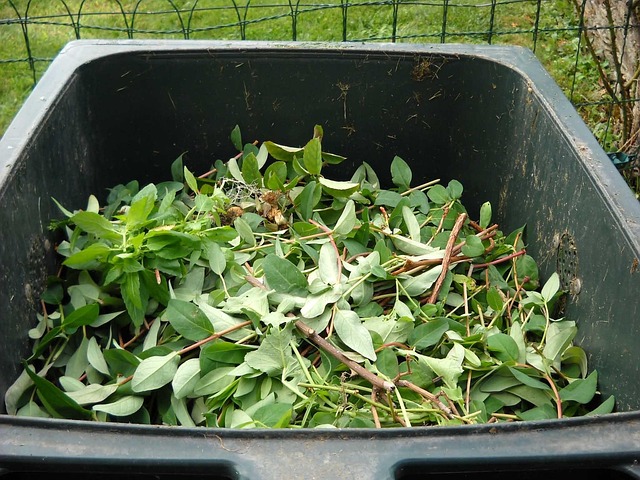In the heart of urban landscapes, where concrete and steel often overshadow nature, a quiet revolution is taking root—one that redefines our relationship with the environment and each other. Enter the concept of urban sister gardens, a vibrant expression of community, support, and sustainability. These lush pockets of greenery are not just a feast for the eyes but are also powerful catalysts for social change.
Imagine walking through a bustling neighborhood, surrounded by the hustle and bustle of city life. Suddenly, you come across a serene garden, bursting with colorful flowers, fresh vegetables, and the laughter of children playing nearby. This is the essence of sister gardens—spaces that bring people together, serving as refuges from the chaos of city living.
Urban sister gardens are collaborative projects, cultivated by groups of neighbors who come together to beautify their surroundings while growing fresh produce, herbs, and flowers. These gardens transcend mere gardening; they weave strong social bonds and foster a sense of belonging. When individuals contribute to a shared goal, they not only invest in the physical space but also in each other, strengthening community ties.
The act of gardening itself can be a meditative experience, allowing city dwellers to reconnect with nature and forget the stresses of daily life. As hands dig into the soil, seeds are sown, and friendships blossom. Participants learn from one another, sharing gardening techniques and cultural traditions, thus enriching the community’s collective knowledge and appreciation for diversity.
One of the most rewarding aspects of sister gardens is their ability to promote food security. In many urban areas, access to fresh produce is limited, and food deserts are prevalent. By cultivating fruits and vegetables close to home, urban sister gardens empower communities to take control of their food supply, promoting healthier lifestyles and reducing reliance on processed foods. The joy of sharing the harvest with neighbors further strengthens community bonds, as each member takes pride in their contributions.
Moreover, sister gardens play a crucial role in environmental sustainability. They help mitigate urban heat, promote biodiversity, and provide habitats for local wildlife. These green spaces can also improve air quality and reduce stormwater runoff, contributing to a healthier urban ecosystem. By turning barren, underutilized land into flourishing gardens, communities not only improve their local environment but also inspire others to take similar action.
The beauty of urban sister gardens lies in their ability to transform not just the landscape but the very essence of community life. Each garden is a testament to resilience and collaboration, showcasing the powerful impact of working together towards a common goal. As we continue to foster these ideals, let’s cultivate our cities to be places of growth, connection, and beauty.
So whether you’re a seasoned gardener or a curious beginner, consider joining or starting an urban sister garden in your neighborhood. Roll up your sleeves, connect with your community, and witness the magic that unfolds when people come together over a shared love of gardening. The seeds of change are waiting to be sown!




